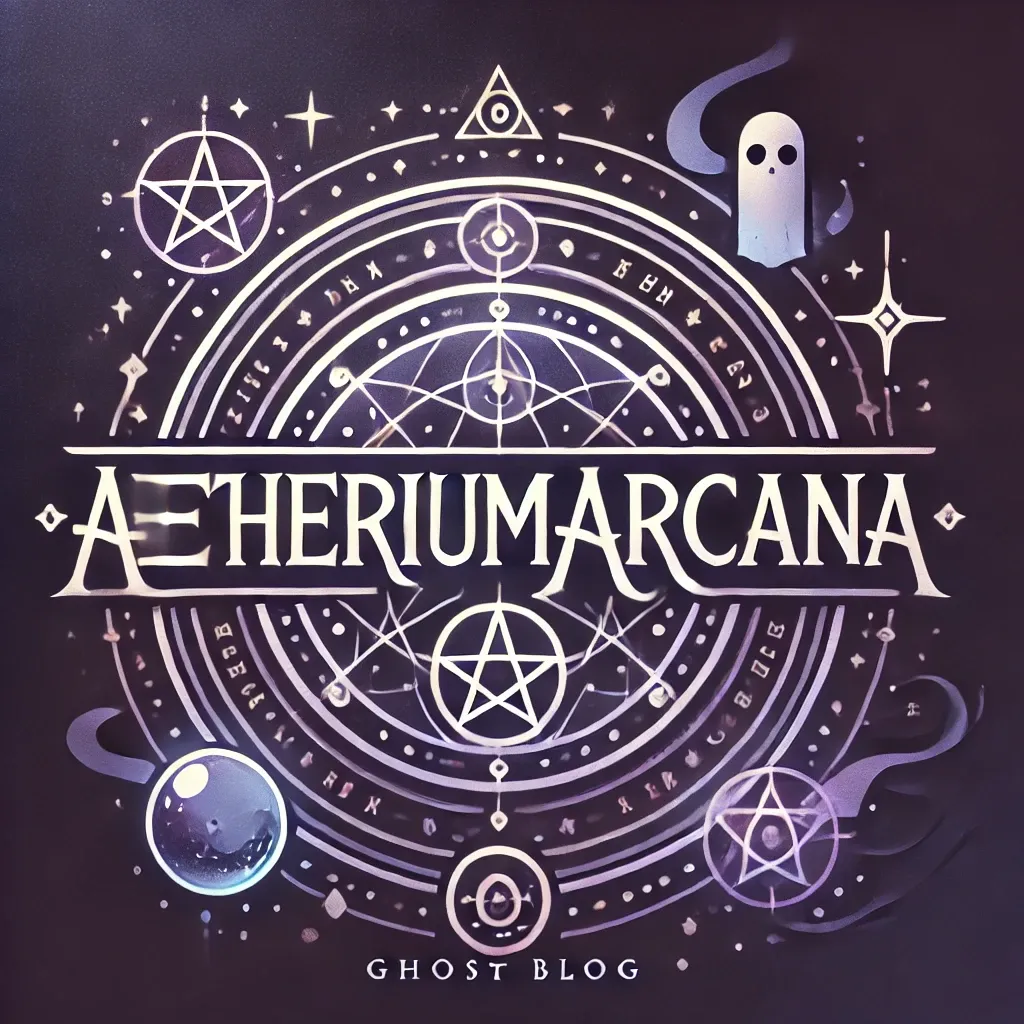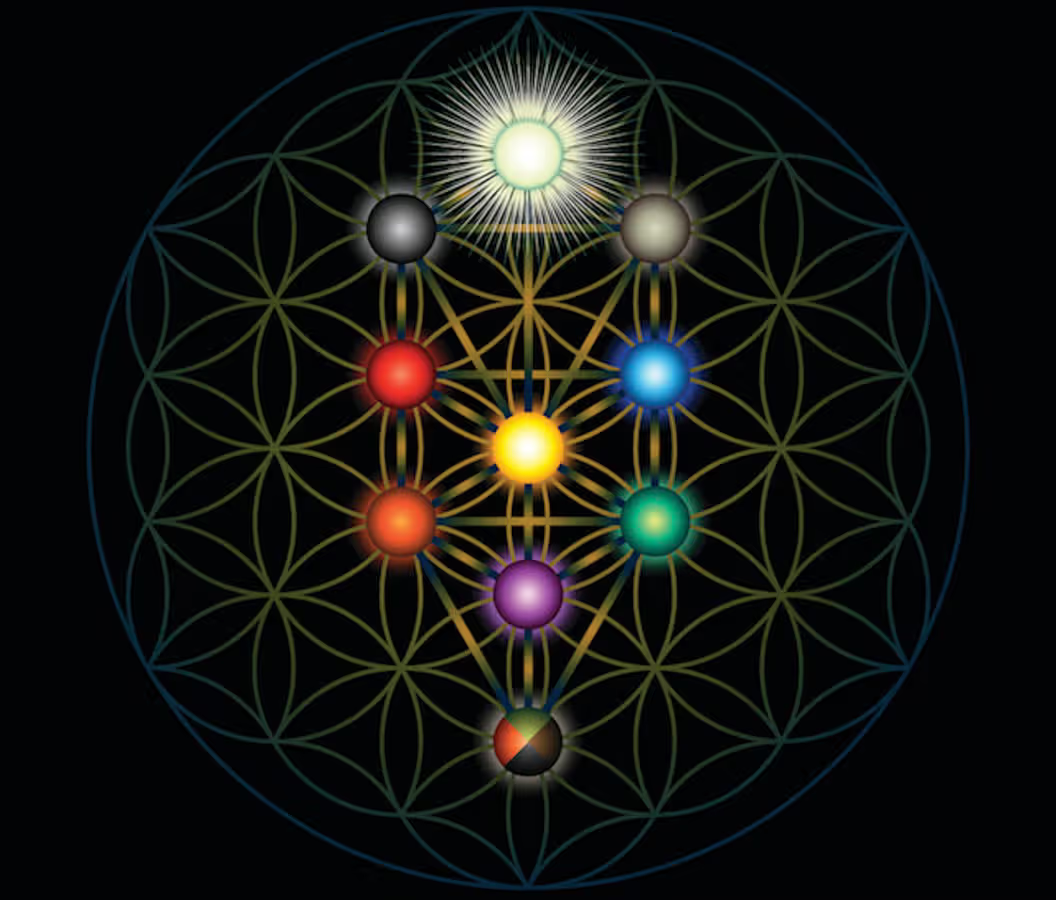With the appearance of the Zohar in late 13th-century Spain, Jewish mysticism reached a literary and symbolic zenith. Purporting to be the midrashic reflections of Rabbi Shimon bar Yochai and his disciples in Roman-era Galilee, the Zohar instead emerged in the hands of Moses de León, a Castilian kabbalist and scribe. The question of authorship has long fascinated scholars and mystics alike. Was the text a revelation or a composition? A recovered ancient teaching or a masterful medieval synthesis? Gershom Scholem famously argued for the latter, identifying de León as the author or primary compiler of the Zohar and highlighting its rich use of post-Talmudic language and Iberian theological motifs. Yet even if composed in the 13th century, the Zohar speaks in the voice of eternity.
The Zohar’s literary style is densely allusive, deeply symbolic, and intentionally enigmatic. Written in an artificial Aramaic reminiscent of older midrashic forms, it constructs a world where every verse of Torah conceals vast inner meanings. Its structure is fragmented yet purposeful, often adopting the format of a mystical commentary on the weekly Torah portion. But within its expositions lie parables, dialogues, ecstatic outbursts, and narrative interludes—all oriented toward unlocking the esoteric dimensions of scripture. The Zohar is not a systematic treatise but a living organism, breathing meaning into text.
Central to its theology is the concept of Ein Sof—the Infinite. God, in this conception, is utterly beyond being and comprehension. Yet from Ein Sof flows a series of emanations, forming the familiar structure of the sefirot. These emanations are not merely attributes or metaphors but dynamic vessels of divine light. The cosmos, according to the Zohar, is an unfolding of divine energy—a choreography of concealment and revelation. Everything in creation reflects this divine movement, and the human soul, in its yearning, echoes the rhythm of the infinite.
In the Zohar, the Torah is not simply a legal document or historical record. It is a living body composed of multiple layers: literal (guf), allegorical (drash), symbolic (remez), and mystical (sod). These layers correspond to body, soul, and breath. Every letter and vowel is alive, pulsating with divine force. Study of Torah is thus an act of spiritual intimacy, a mystical unveiling. The Zohar affirms that even the spacing between words and the shape of letters conceal secrets. The Torah, in this view, is a mirror of the divine mind.
One of the most evocative aspects of the Zohar is its treatment of the Shekhinah—the feminine aspect of the Divine Presence. The Shekhinah is often portrayed as the exiled consort of the Divine, yearning to be reunited with her heavenly partner. She dwells in the world of exile, accompanying Israel in its suffering and sustaining the lower realms. This erotic-spiritual symbolism transforms prayer and mitzvot into acts of cosmic union. When performed with kavanah (intentionality), these rituals restore harmony to the divine realm. Exile becomes not only a historical tragedy but a metaphysical condition—and redemption a mystical reunion.
In the Zohar, the cosmos is a sacred text, the Torah is a divine body, and human life is a mirror of the supernal worlds. It invites its readers not to believe but to enter—into a world of hidden lights, symbolic echoes, and ecstatic longing. If the earlier Kabbalah laid the scaffolding of mystical cosmology, the Zohar enrobed it in poetry, paradox, and fire.


Member discussion: